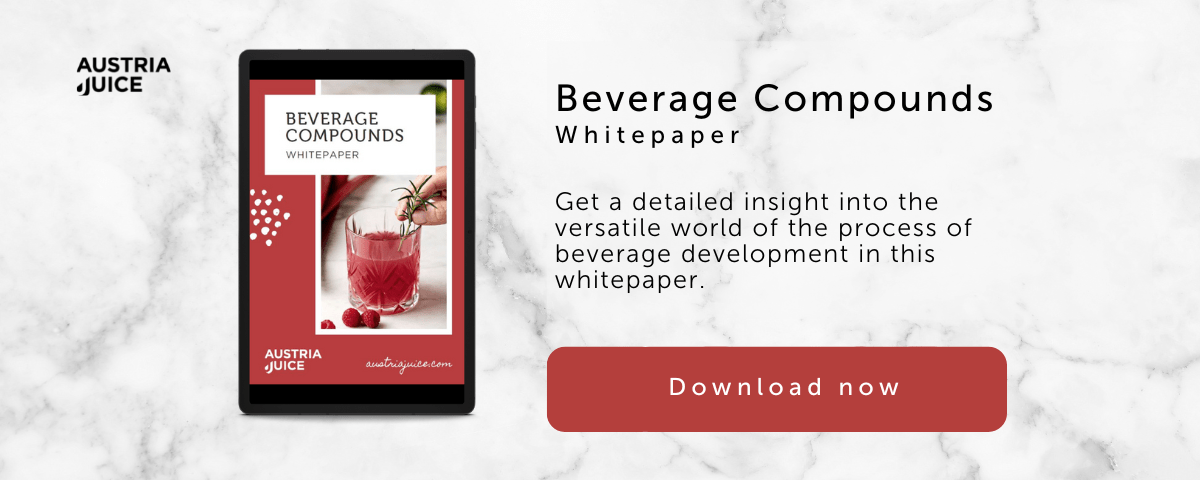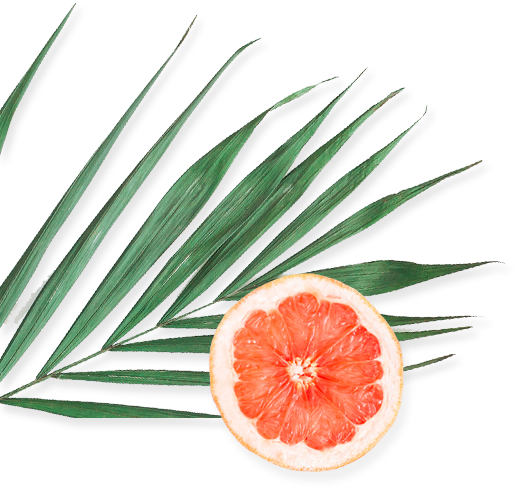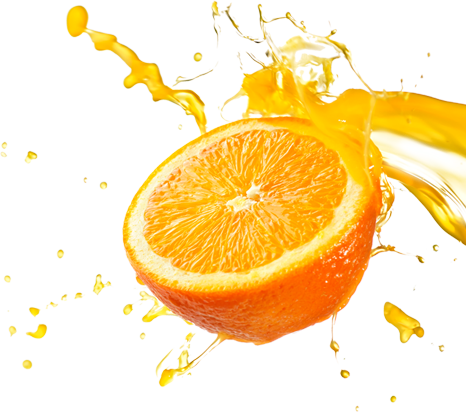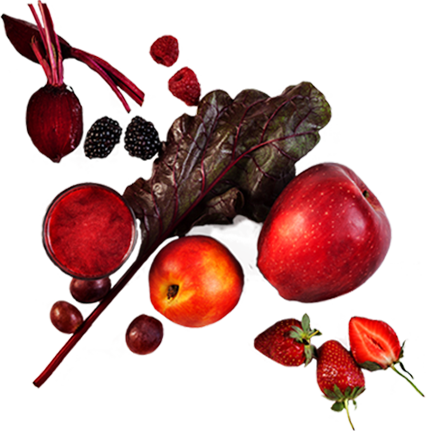
Beverage compounds: The basis in beverage development regarding taste and efficient production

Featured Posts
Categories
Interested in more? Subscribe to our blog.
Beverage compounds in a special formulation are the DNA of a successful product. Find out more about the advantages of beverage compounds in terms of efficiency and which components they contain.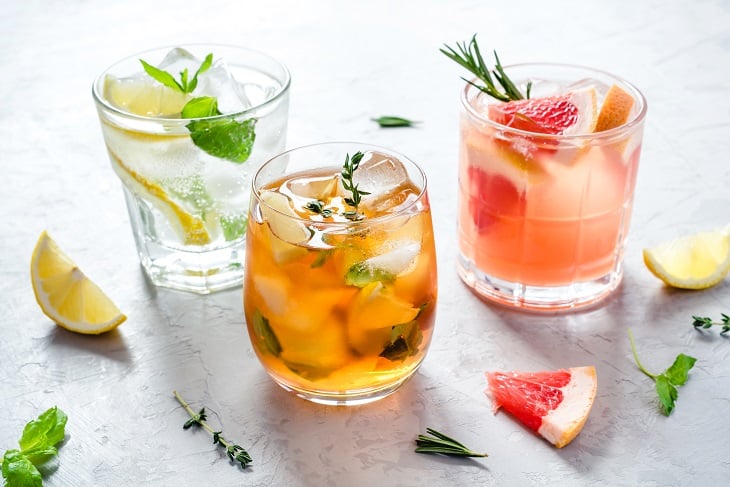
Beverage compounds make the procurement and storage of raw materials much easier for beverage bottlers: A beverage compound - sometimes also called blend - contains all or some of the ingredients of a finished beverage in concentrated form. Beverage compounds are the basis of the production of non-alcoholic soft drinks, mixed beer drinks or fruit wine drinks, which are made available to the bottler as a finished "ingredients package" at his location.
Beverage compounds offer many advantages. Among other things, this makes internal work processes significantly more efficient, as fewer work steps are required when mixing the drinks. This means that the internal effort is lower, which leads to a more efficient way of working.
Ingredients in the highest concentration for individual recipes
How are beverage compounds dosed and delivered? The dosage depends on the type of finished drink and the amount of ingredients it contains.
A beverage compound only contains the amount of water which is technologically necessary. Depending on the solubility of the ingredients, a beverage compound can be concentrated up to approx. 60 °Brix - this corresponds to approx. 60 percent dry matter.
A common flavoured, sugary lemonade has about 10 °Brix - which corresponds to about 100 grams per liter - of dissolved dry matter. If you want to produce a RTD beverage out of a very concentrated compound with 60 percent dry matter, the dosage is around 160 grams per liter. This means one part of compound plus five parts of water for the finished drink.
In contrast to this, a compound for beverages containing sweeteners can be significantly more concentrated since the dry matter in the finished beverage is significantly lower. For example, a sugar-free beverage compound with a significantly lower dosage of only 20 grams per liter, which contains all ingredients except water, would not be unusual: This corresponds to approx. one part of compound and approx. 50 parts of water.
Compositions matching the individual needs of the manufacturer
However, it depends on the technical possibilities and the specific needs of the beverage bottler how the beverage compound is composed. Some beverage bottlers want an all-in-one compound that only has to be diluted with water. Other beverage bottlers produce their own sugar base as a syrup. As a result, the compound, which contains all components except sugar - depending on the amount of ingredients - has a much lower dosage. Sometimes, for technical reasons, it may be necessary to produce splitted compounds. In the case of ingredients such as amino acids or tea extracts, it may be necessary to split them into two compound parts, in order to avoid a possible reaction of sensitive ingredients. One compound part contains the sensitive component with little acid, the other basic part contains all other components that are not that sensitive to high concentrations of the various components in combination. Thanks to the experience of the beverage compounds developers at AUSTRIA JUICE, a suitable compound with perfect dosage can be developed for every product and every specific application.
Sweetness, acidity and taste: the three main components of beverage compounds
Despite the enormous variety in the beverage segment, the basic building blocks of a beverage compound can be reduced to three essential components:
1. the sweetening one
2. the acidic and
3. the flavouring component.
The sweetening component gives the drink its sweet taste. There are several ways to sweeten a drink. Caloric, i.e. energy-supplying sweetening components such as beet sugar or glucose are classic raw materials for beverages. In addition, juices such as apple juice or fruit sweeteners such as apple, grape or pear fruit sweetness can be used as natural alternatives.
There is also a wide variety of low-calorie and calorie-free sweeteners. The isomaltulose (Palatinose) process is a novelty in product development: It offers the possibility of developing a drink with a lower glycemic index than could be achieved with comparable sugars such as sucrose or glucose. It has been proven that the absorption of sugar is slower and does not cause the blood sugar level to rise as quickly. There is also a whole range of artificial sweeteners such as aspartame, acesulfame, sucralose, cyclamate or saccharine, which are also widely used in drink recipes and cater the trend towards calorie-reduced drinks . But calorie-free sweeteners of natural origin, such as steviol glycosides, have also been increasingly used in new developments for several years, as their sensory properties have been continuously improved - for a long time they added a (too) strong liquorice note to the product.
The acidifying component is also important. In a balanced relationship to the sweetness - also called ratio - it gives the drink a pleasantly sour, fresh taste on the one hand and, on the other hand, the microbiological shelf life is significantly increased by lowering the pH value to below 4.5, which is usual with non-alcoholic beverages . The classic acidifier is citric acid, which can be used in many beverages. However, the natural alternative, the clear lemon juice concentrate, is a popular acidifier for organic beverages and Clean Label Drinks with purely natural ingredients. There is also malic and lactic acid. They are characterized by a different acid profile. Finally, phosphoric acid is also used, but its use is mainly limited to cola drinks. Many fruit juices naturally contain edible acids and with a correspondingly high juice content, the addition of an acidifier to a beverage is not even necessary.
The flavouring component characterises the taste of a drink. By combining different fruit juices, a wide range of different beverages can be produced , from fruit juice lemonade to fruit juice nectar and fruit spritzers.
The use of natural flavours, which are often based on high-quality by-products from AUSTRIA JUICE´s juice production, are very popular. For example, in the production of apple juice concentrate, a natural apple-water phase flavour is produced, which is obtained from the evaporated water during the thickening of the juice. Composition flavours, which are developed with great know-how and many years of experience of flavourists at AUSTRIA JUICE, can also be used to flavour beverages. Drinks with a very high fruit juice content are often developed without additional flavouring, as the fruit's own taste is sufficient. Herbal or tea infusions (such as black tea or elderflower infusions) can also give a drink its typical taste.
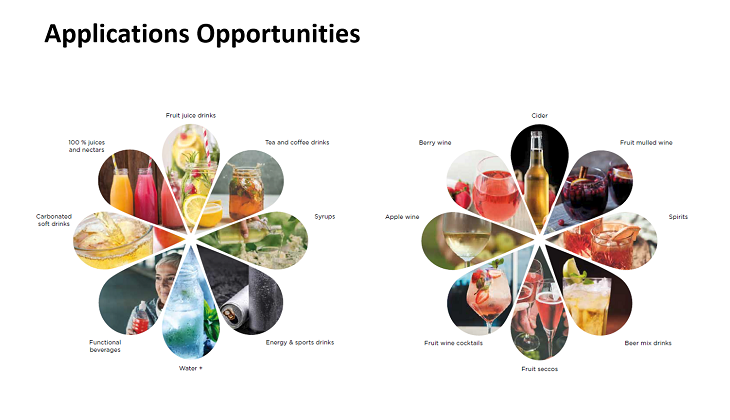
Functional components as a big trend
In addition to the three basic elements of a beverage, there are a number of other possible components that can be part of a beverage recipe. The “functional components” represent a large group of raw materials. They are added because they add a specific function or effect to the drink.
Vitamins and minerals can be added because they can support the normal metabolic functions of humans in everyday life or during extraordinary strain.
Caffeine and caffeine-containing extracts such as guarana, mate or cold brew coffee extracts are also very popular. Added fiber or prebiotics such as oligofructose (inulin) can also enrich functional drinks. Added plant extracts such as lemon balm extract or lavender extract give the drink an additional natural touch and, combined with the catchphrase "botanicals", serve a strong consumer trend.
CONCLUSION:
Beverage compounds make production much more efficient for bottlers: A beverage compound - sometimes also named blend - contains all or some of the ingredients of a finished drink in concentrated form and only contains the amount of water that is technologically necessary. When mixing the drinks, overall fewer work steps are required than with classic procedures including single raw material procurement and storage. Among the great variety of available beverage compounds, the basic building blocks of beverage compounds can be divided into three essential components: the sweetening, the acidic and the flavouring component. In addition, functional components that have enjoyed great popularity, especially in recent years, have been established.


